Digitally Guided Dentistry
Digitally Guided Dentistry
Digitally Guided Dentistry
Digitally Guided Dentistry
It's one thing to take a smile test-drive and experience your smile's hidden potential.
It's a completely different challenge predictably and precisely replicating this design in your final smile.
In order to ensure consistency of design throughout your smile transformation, we harness the full power of Digitally Guided Dentistry.
So what is Digitally Guided Dentistry?
In essence, Digitally Guided Dentistry utilises advanced digital technologies and techniques to transform otherwise imprecise and inconsistent dentist-dependent outcomes into highly accurate and predictable results.
In simple terms, think of Digitally Guided Dentistry as "copy-paste" dentistry.
Using the digital smile we initially designed to harmonise with your face, we harness advanced copy-paste techniques to create all manner of surgical guides, appliances, temporary restorations and definitive restorations that respect our initial design. Not only do these copy-paste techniques ensure consistency of design throughout your entire treatment journey, they also makes the whole process more efficient, more accurate and more conservative.
While the topic is too vast to cover in detail here, to give you an insight into Digitally Guided Dentistry's power, let's touch on a just handful of applications that simplify your care and magnify your treatment outcome's predictability.
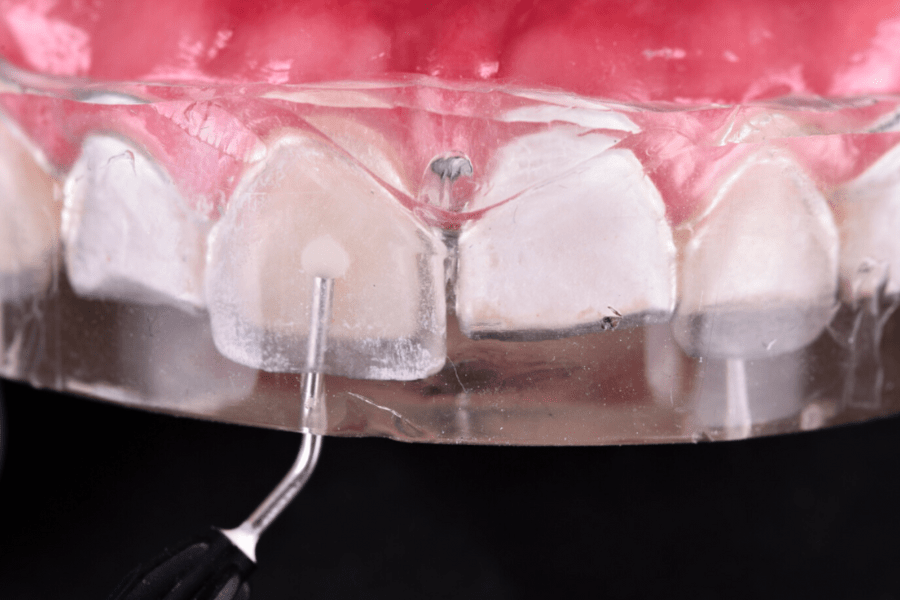
1. Injection Moulding Guides
An affordable alternative to porcelain veneers is bonded resin veneers. In essence, bonded resin veneers involves layering resin on your teeth and setting the resin with a curing light.
The two big advantages of bonded resin veneers over porcelain veneers are a) bonded resin veneers are more affordable and b) they are more conservative (i.e. they don't require any drilling or removal of tooth structure).
However, their big disadvantage is that bonded resin veneers are traditionally formed and shaped by hand. This makes matching the shapes and contours of your resin bonded veneers incredibly difficult, often leaving you with noticeably mis-matched teeth.
But thanks to Digitally Guided Dentistry, we can virtually eliminate this technique-sensitive operator-variability to quickly, easily and predictably create a set of harmoniously shaped resin bonded veneers that balance with the rest of your face.
What's more, if ever one or more of these needs to be replaced in years to come, using the same copy-paste technique, we can place a new one that replicates the original veneer perfectly.
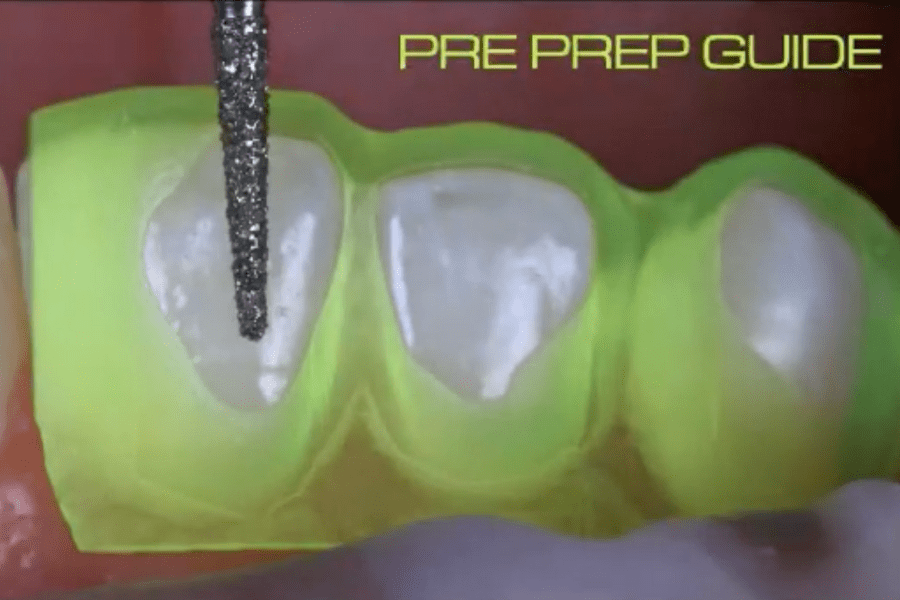
2. Crown and Bridge Preparation
In order to create enough room to accommodate the restoration, preparing teeth to accept crowns or bridges requires the removal (i.e. drilling) of precious tooth structure. Cut too much tooth away and you risk nerve damage or even your tooth fracturing. Cut too little tooth away and you risk creating fragile crowns or bridges that are likely to fail.
Which explains why it's of critical importance to remove just the right amount tooth structure to preserve tooth tissue and produce durable restorations.
Once again, preparing teeth by traditional means is operator-variable - meaning the quality of the outcome is unpredictable.
However, harnessing Digitally Guided Dentistry, we can produce tooth-preparation guides that take the guess work out of the procedure and in turn ensure predictably aesthetic, healthy and durable restorations.
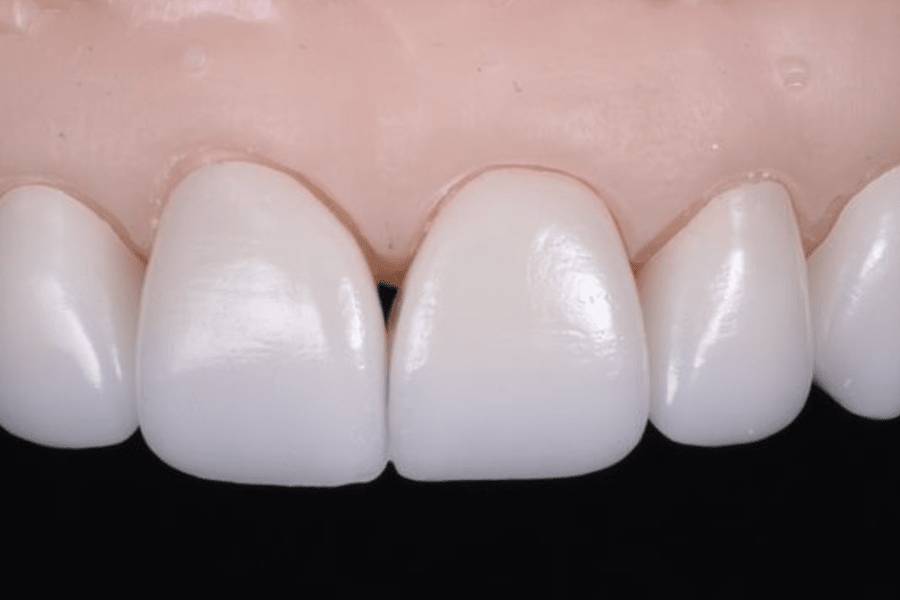
3. Crown and Bridge Temporisation
While digital dentistry makes it possible to fabricate and cement crowns and bridges on the same day that the tooth is prepared, we've consciously chosen not to embrace this technology.
Why wouldn't we want to embrace this technology?
For the simple reason that it eliminates a critical opportunity to quality-check the design of your final restorations.
You see, when a crown or bridge is made and bonded at the same appointment that your teeth are prepared, those restorations will be glued permanently to your teeth.
If the restorations are fine, no problem.
But if you're not happy with the look of your restorations or if the restorations negatively impact your speech (e.g. lisping or whistling sounds) or if the restorations are sore to bite on or if the restorations don't possess sufficient volume to avoid fracturing, well, you're literally stuck with them. There's no getting them off... at least not without completely destroying them.
Which is why we choose to place provisional (i.e. temporary) crowns at the time we prepare your teeth.
But these aren't just any ordinary provisional crowns. Thanks to our copy-paste techniques, our provisional crowns replicate the shape and volume of your planned final restorations.
This intentional time-delay between preparing your teeth and bonding the final restorations gives both of us the opportunity to more accurately test-drive our smile design to make sure you're 100% happy with how your final restorations affect your appearance, speech and ability to chew food comfortably.
And this is what we mean by quality control. It gives us an opportunity to assess the merits of our design before it's too late to modify the design if issues are noted.
This is yet another way in which our adoption of copy-paste technology ensures your satisfaction with your ultimate smile.
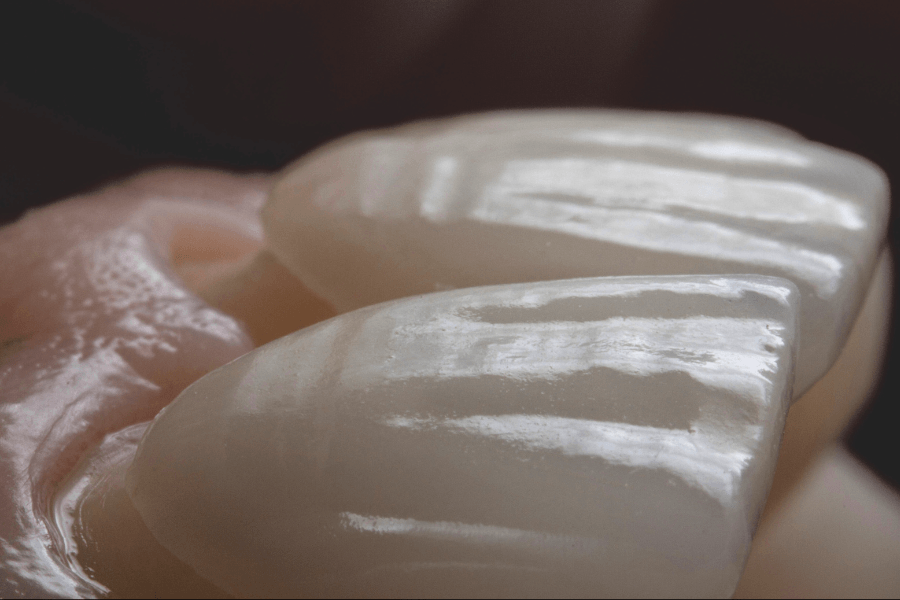
4. Crown and Bridge Manufacture
Once it's clear our smile design looks and functions to our satisfaction, harnessing copy-paste techniques our dental technicians can fabricate your final restorations to replicate our design perfectly.
This is how we ensure consistency of design throughout treatment that in turn ensures you get to enjoy a naturally beautiful, functionally durable smile you can wear with complete confidence.
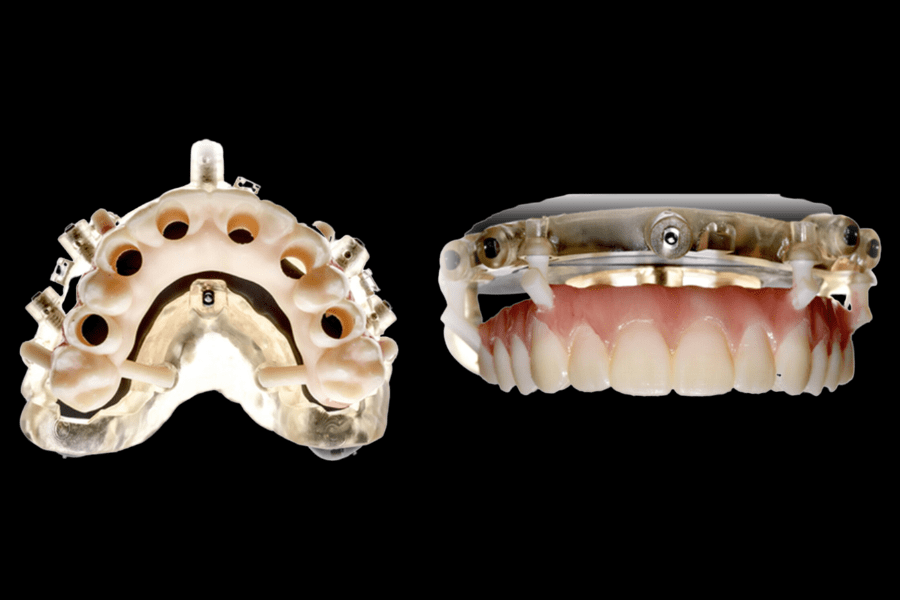
5. Implant Surgical Guides
Another application of copy-paste dentistry is in the planning and placement of dental implants.
Traditionally, an implant surgeon would use physical moulds and two-dimensional x-rays of your teeth to plan the placement of your implants. This process can be both time-consuming and more importantly, inaccurate.
With Digitally Guided Dentistry, we harness the 3D digitised model of your smile to plan the ideal placement of your implants that respects both the volume of available bone and the planned positions of your final restorations.
Having digitally-determined the ideal positioning of your implants, our team creates surgical guides that facilitate more accurate implant placement with concomitant reduced risk of complications during the procedure.
In short, thanks to Digitally Guided Dentistry, you can enjoy shorter, more comfortable treatment that produces a more aesthetic and durable smile.
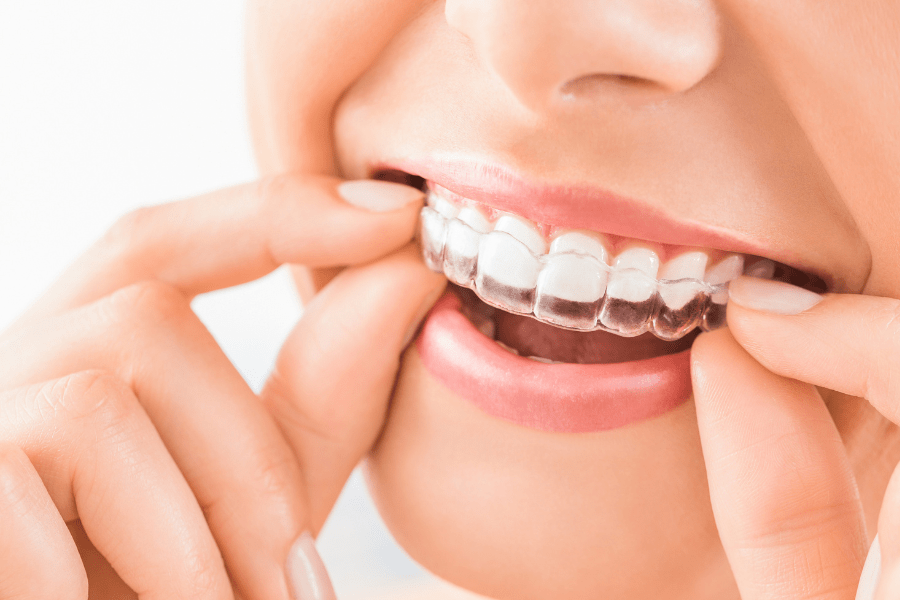
6. Clear Aligners
A clear example of Digitally Guided Dentistry's power to produce predictably functional and aesthetic outcomes is our Enhanced Invisalign Method.
If you're considering any form of cosmetic dentistry or smile rehabilitation, I strongly encourage you to learn more about the transformative power of our Enhanced Invisalign Method.
Hopefully that's given you a taste of how Digitally Guided Dentistry is transforming dentistry.
As you can see, our adoption of copy-paste technology and techniques facilitates faster, easier, more accurate and more predictable outcomes which ultimately ensure your enjoyment of a naturally beautiful, functionally durable smile.
Contact Us
Hoki Dental
18 Revell Street
Hokitika
Studio Hours
Monday-Friday
9:00am - 4:30pm
Social Media
Contact Us
Hoki Dental
18 Revell Street
Hokitika
Studio Hours
Monday-Friday
9:00am - 4:30pm
Social Media
© Copyright 2024



